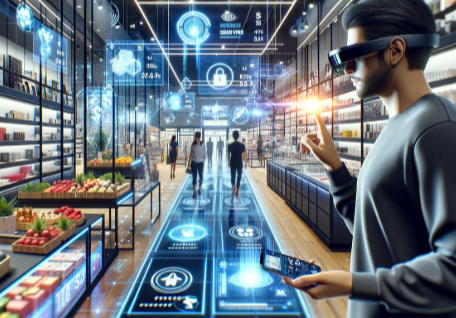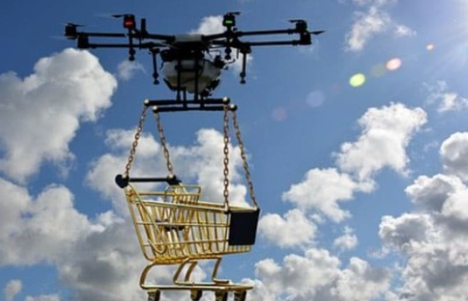How Augmented Reality Is Revolutionizing the Retail Experience
Augmented reality is reshaping the retail landscape by integrating digital elements into the shopping experience. This technology enhances product visualization, allowing consumers to interact with items in ways previously unimaginable. With features like virtual try-ons and immersive in-store displays, shoppers can make more informed decisions. This evolution raises questions about the future of retail engagement and consumer behavior. What implications does this transformation hold for brands and their strategies?
Enhancing Product Visualization
Augmented reality (AR) revolutionizes product visualization in retail by bridging the gap between digital and physical experiences.
Through advanced 3D modeling and immersive displays, consumers can engage with products more vividly, fostering deeper connections.
This technology empowers shoppers to visualize items in their own spaces, enhancing decision-making and promoting a sense of freedom in choosing products that best fit their lifestyles.
Read more: The Future of Voice-Activated Technology
Virtual Try-Ons and Fitting Rooms
Virtual try-ons and fitting rooms are transforming the way consumers approach the shopping experience, particularly in the fashion and beauty sectors.
Interactive In-Store Experiences
Many retailers are now embracing interactive in-store experiences as a means to enhance consumer engagement and drive sales.
By integrating augmented reality into in-store navigation, shoppers can easily locate products, while gamified shopping elements encourage exploration and interaction.
This not only captivates customers but also fosters a sense of freedom, allowing them to enjoy a personalized and engaging retail journey.
Personalization and Customer Engagement
As consumers increasingly seek tailored experiences, retailers are leveraging augmented reality to create personalized interactions that enhance customer engagement.
By analyzing customer preferences, brands can provide personalized recommendations that resonate with individuals. This technology not only captivates consumers but also fosters deeper connections, encouraging loyalty and satisfaction.
Ultimately, augmented reality transforms the shopping experience into a unique journey, empowering customers with choices aligned to their desires.
Conclusion
In conclusion, augmented reality is fundamentally transforming the retail landscape by enhancing product visualization and personalizing the shopping experience. For instance, a hypothetical furniture retailer could allow customers to visualize how a sofa fits into their living room through AR, reducing uncertainty and increasing purchase confidence. This innovative integration not only diminishes return rates but also cultivates a more engaging and satisfying shopping journey, paving the way for a new era of consumer-retailer relationships.






